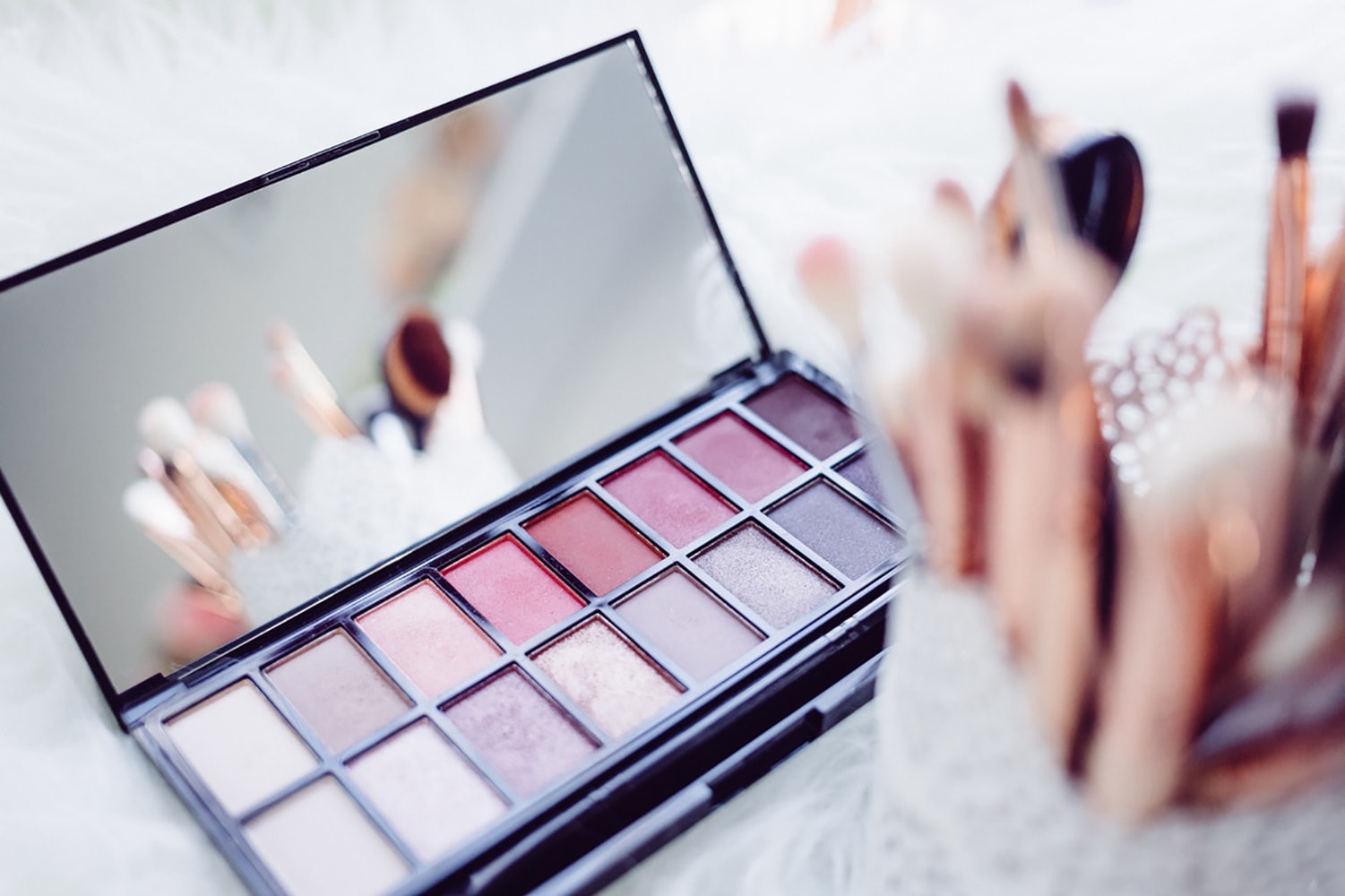


If you’ve been following along with my trends and blog posts you probably aren’t that shocked that the American beauty law regulations haven’t been updated since 1938. Historically, the beauty industry has always been pretty small, including the list of commonly used ingredients. However, let’s fast forward… There are over 80,000 chemicals on the market today. That number is shocking in itself. In human history, when has there been so many new chemicals, formulas and products that have been introduced into the marketplace? The answer is now. And unfortunately, there’s no designated group of people to stop and consider the safety of what’s being sold and advertised.
So What’s The Deal?
There are nearly 1,400 personal care product ingredients banned in the EU, and the United States has only partially banned 30. Also, I think it’s important to know that many of the world’s “worst” chemicals are banned around the world, but not in the U.S. because of regulatory differences. Meaning, large personal care brands create different formulas for EU retailers than they do for the U.S. Simply, since we don’t require it, they don’t need to change. (Cited from BeautyCounter).
Ingredients That Are Banned in the EU, But Not in the U.S.
Hydroquinone
Skin lightener, used in anti-aging products.
Banned over 1% concentrations in the EU.
Parabens
Preservative
Two parabens are banned in the EU over .14% concentration.
Formaldehyde
Colorless, flammable gas in its pure form.
Also used as a preservative.
Known carcinogen in hair and other personal care products; banned.
Phthalates
Chemical used to soften and increase flexibility of plastic and vinyl.
Used in hundreds of consumer products.
Found in nail polish, body washes, hair care products, color cosmetics, fragranced lotions.
Three types of phthalates are banned completely from personal care products in the EU.
Look for “phthalate”, “DEP”, “DBP”, DEHP”, and “fragrance”, and avoid when possible.
Moving Forward
The good news is that we are becoming more mindful and because of that the natural beauty industry is booming. More of us are paying attention to the quality of ingredients in our food and personal care products, and because of this, more choices are becoming available. You might’ve noticed more personal care products marked “phthalate, paraben, or petrochemical free”. More companies are now starting to pay attention to enthralling science coming from major trusted medical associations on personal care products. The more we pay attention and advocate where our money is going to, is how we will start to see major changes. I’m looking forward to seeing what’s going to happen for the future of beauty and personal care products.
私の海外トレンドとブログの記事を見てくれていれば、1938年依頼、アメリカの美容法規制が更新されていないことに、あまり驚かないでしょう。長い間使用されている共通成分のリストを含め、美容産業は小規模です。今日、80,000以上の化学成分が市場に出ていますが、その数はショッキングです。人類の歴史の中で、市場にどれだけ多くの新しい化学成分、既製品、商品が紹介されているのか?残念ながら、何が売られ、宣伝されているかという安全性を考え直そうという団体がいないのが現状です。
EUでは、1,400近くのパーソナルケア商品の成分の使用を禁止していて、アメリカは30種類位です。しかも、多くの国で最も悪いとされる化学成分も、アメリカでは禁止されていないという事実を知る必要があります。すなわち、同じ大手パーソナルケアブランド会社も、EUとアメリカでは、その製造方法が異なります。単純に、それを必要としないので変わらないのです。(BeautyCounterからの引用)
EUでは禁止されているが、米国では禁止されていない成分
ヒドロキノン
アンチエイジング製品に使用されるスキンライトナー
EUでは1%以上の濃度が禁止されています。
パラベン
防腐剤
2つのパラベンは、EUでは14%以上の濃度で禁止されています。
ホルムアルデヒド
無色の可燃性ガス
防腐剤としても使用されます。
髪やその他のパーソナルケア製品の既知の発癌物質;禁止
フタル酸エステル
プラスチックとビニールの柔軟性を高める化学物質
何百もの消費者製品に使用されています。
マニキュア、ボディーウォッシュ、ヘアケア製品、カラー化粧品、フレグランスローションで見つかりました。
3種類のフタル酸エステルは、EUのパーソナルケア製品から完全に禁止されています。
「フタル酸エステル」「DEP」「DBP」「DEHP」「芳香剤」を見たら可能な限り使用を避けてください。
前進すること
良いニュースとして、自然派美容製品が流行っている影響で、私たち自身がもっと気をつけているということです。多くの人が、食品やパーソナルケア製品の品質に注意を払っています。そのため、より多くの選択肢が存在します。あなたは、 「フタル酸、パラベン、または石油化学を含まない」とマークされたパーソナルケア製品に気づいているかもしれません。多くの企業が、パーソナルケア製品に関して、主要で信頼できる医療団体の科学知識に注目しています。人々が興味を持ち、そのお金がどこに向かうのかを提唱すればするほど、大きな変化を見せ始めます。 私は、美容とパーソナルケア製品の将来を楽しみにしています。